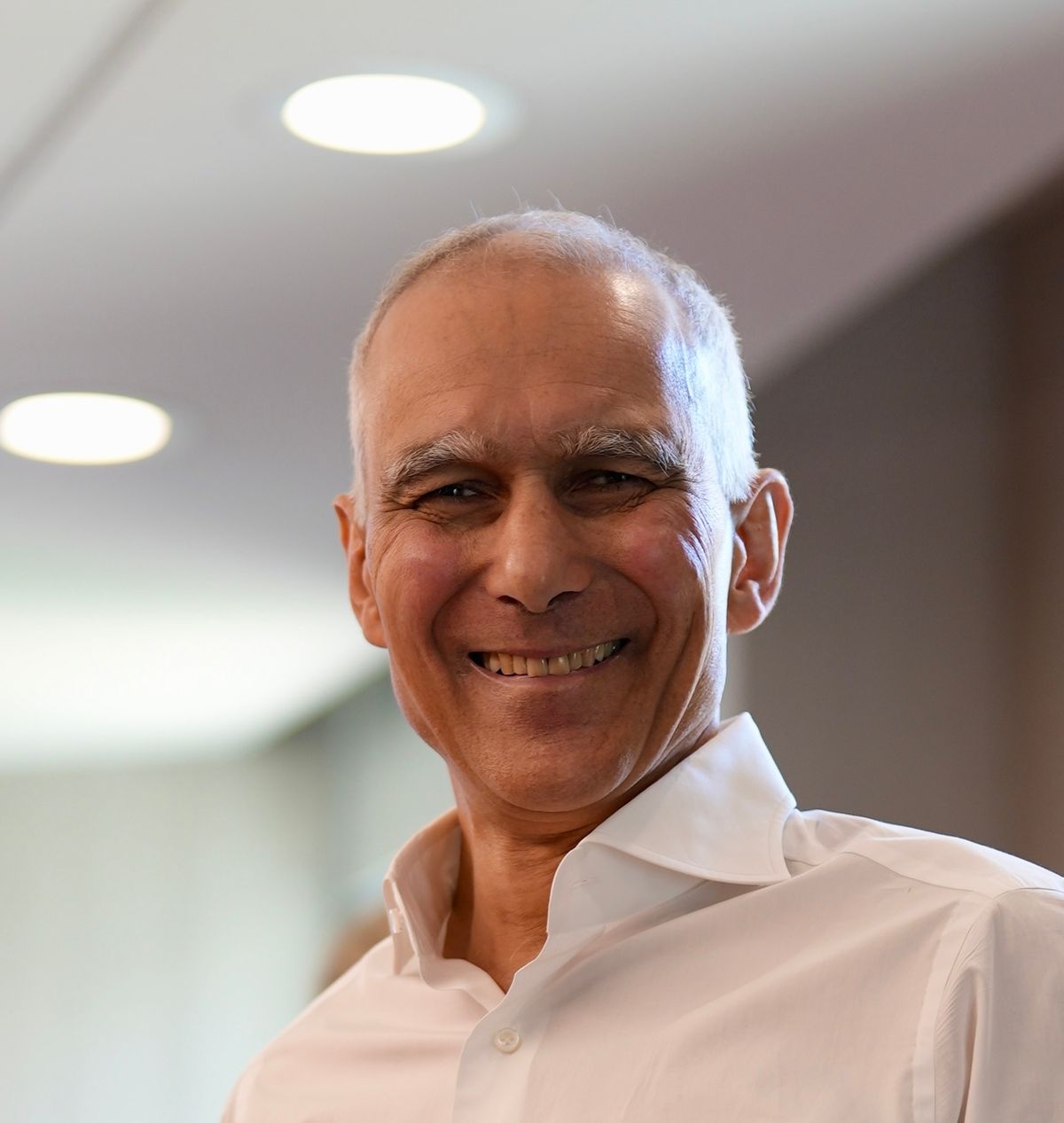Chemistry Nobel Laureate Talks Quantum Dots, Teamwork
Massachusetts Institute of Technology professor Moungi Bawendi presented at the college on his discovery and development of “quantum dots,” a crucial building block for technologies like semiconductors, solar cells, and types of TVs, for which he shared last year’s Nobel Prize in chemistry.

The most recent Nobel Prize laureate in chemistry, Massachusetts Institute of Technology professor Moungi Bawendi, gave a well-attended lecture in Lipton Lecture Hall on Friday, April 5. At the talk, titled “Quantum magic and quantum dots: A synthesis unlocks a nano-world of opportunities,” Bawendi discussed his research and journey to earning the prestigious award.
Bawendi and two other scientists won the Nobel Prize for the discovery and development of quantum dots, nanoscale crystals that can be used uniquely with light in technology like televisions and LED lamps. Bawendi was responsible for creating standardized dots for real-world applications — such as guiding surgeons removing tumor tissue.
The lecture began with an introduction from the chemistry department co-chair, Professor Mark D. Marshall, and a fellow quantum dot chemist, Assistant Professor Jacob H. Olshansky, who both testified to Bawendi’s character and contributions to the field.
“His role is not only as a scientific leader but [as] a mentor, advisor, and supporter of young scientists,” Olshansky said. “I’ve observed him to be notably supportive and welcoming to young scientists, especially from all backgrounds.”
Bawendi began his explanation of quantum dots by introducing the behavior of electrons, which act as both waves and particles.
When placed in a “nano box, the electron no longer behaves like a charge that moves around” but like an “electron in a hydrogen atom as it acquires weight properties,” Bawendi said.
A quantum dot is another word to describe the “tiny box” electrons are placed in. Quantum dots emit specific wavelengths of light. Small quantum dots of the same compound can be tuned to different sizes to emit blue or red light, for example.
The real challenge, the subject of Bawendi’s paper later cited by the Nobel Prize committee, was making all of the quantum dots a uniform size that could be reproduced to understand their structure and properties, Bawendi said. It was Bawendi who discovered how to make the quantum dots in specific sizes.
In 1993, Bawendi “revolutionized the chemical production of quantum dots, resulting in almost perfect particles,” the Nobel committee wrote.
After the expansive talk, Bawendi mentioned the names of students and colleagues who helped him along the way.
“These are the [115] students I have spent time with, and they are the heroes,” Bawendi said. “They are the ones that actually work in the lab. I just stay in the office, and they bring me things to look at.”
Students at the college were eager to see the Nobel Prize winner in person.
“I was interested in attending because it is not every day that you get to listen to a Nobel Prize winner speak about their work,” Victoria Pachnik ’27 said. “I enjoyed the event. I found the talk interesting and easy to follow, even with no prior knowledge of quantum dots.”
Leo Arms ’27 added that his “favorite part was the beginning of the talk when Professor Moungi explained how quantum dots were discovered and his process of synthesizing them.”
Overall, he said that the “event was great … It felt like a big community of people who wanted to listen and learn, and that is my favorite.”
Toward the end of the talk, Bawendi was asked whether he had any experiences with other people who questioned or completely dismissed his research.
Bawendi recalled “going to Germany to a meeting [where] this famous physicist said, ‘I don’t believe anything you’ve just said.’ There were lots of people that just didn’t believe what they were seeing and also didn’t think it was good for anything.”
Others were hesitant about funding the materials on such a small level.
With regard to facing criticism from fellow scientists, Bawendi had one final message.
“Pursue your interests,” he said. “Forget about what other people say!”





Comments ()